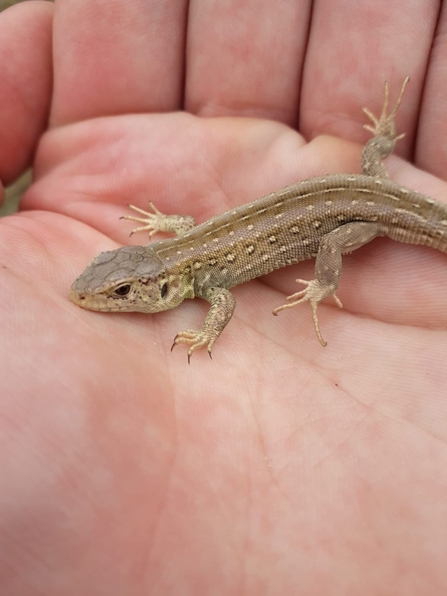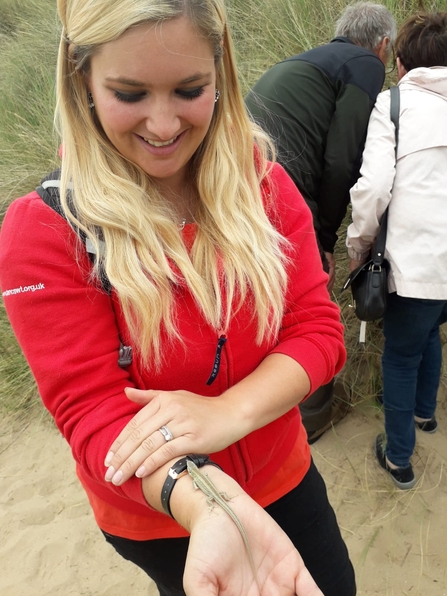We've teamed up with Amphibian & Reptile Conservation (ARC), Fylde and Blackpool Councils, Fylde and North Merseyside Amphibian Groups (ARGs), and Natural England to safeguard the future of the magnificent sand lizard on our local coastline.
The reintroduction began with the start of the Starr Hill Sand Dunes Environmental Works in 2013: a partnership with Fylde and Blackpool Council and the Environment Agency, with approval from the Environment Agency for a grant in aid funding to undertake dune management work in line with the sand dunes management plan. The works included habitat improvement and monitoring, which meant we were able to restore the dune system to a fit state for sand lizards to be reintroduced.


